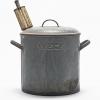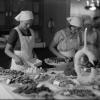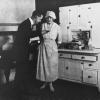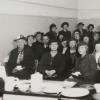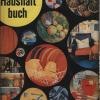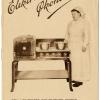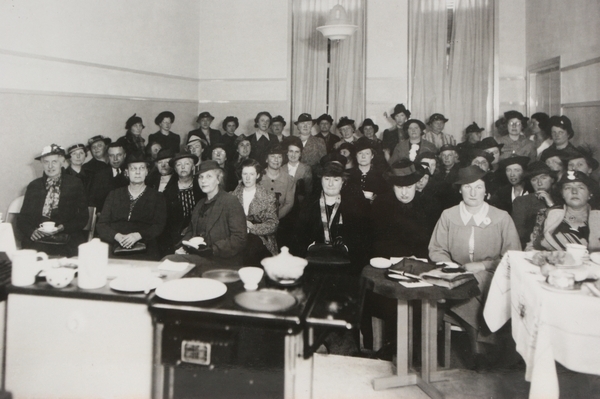Electrifying instruction
The arrival of gas and electricity was one of the great driving forces for change in modern households.
While these could be used for lighting, they could also be used to power a range of household appliances, including stoves, washing machines, irons, and later refrigerators. All of these items used more electricity, which made them profitable for electric firms.
Advertisements for the new energy sources frequently portrayed them, and the appliances they ran, as a new domestic servant that would be cheaper and more multi-talented. The principles of the home economics movement also played an important role: such devices were sold as time- and labor-saving devices that would help a home run more economically.
In addition to advertising, a key part of getting women to accept these items into their homes was to offer instructions for their use. Here as well, home economics education played its part, as industrial representatives often teamed up with women's education groups to offer classes, cookbooks, and other household instruction manuals.
 Previous Story
Next Story
Previous Story
Next Story
How to cite this page
Alexander Badenoch, 'Electrifying instruction', Inventing Europe, http://www.inventingeurope.eu/story/electrifying-instruction
Sources
- Papanelopoulou, Faidra. "Between Production and Consumption? The International Federartion of Home Economics, C. 1908-1960." ISES Seminar paper, Eindhoven University of Technology, 2011.





